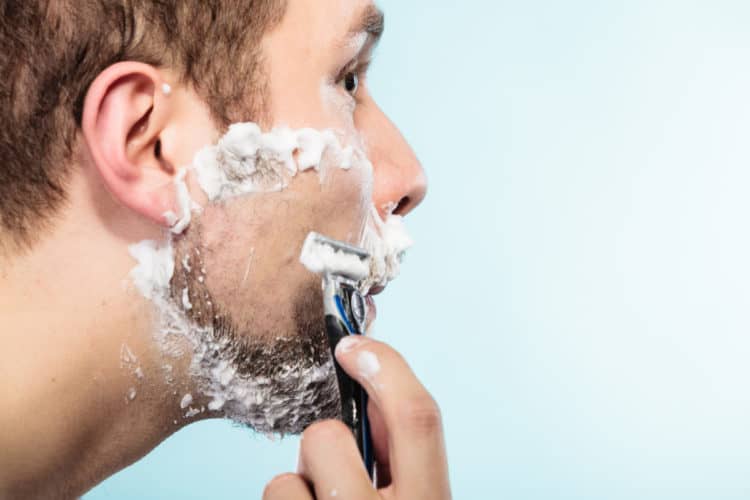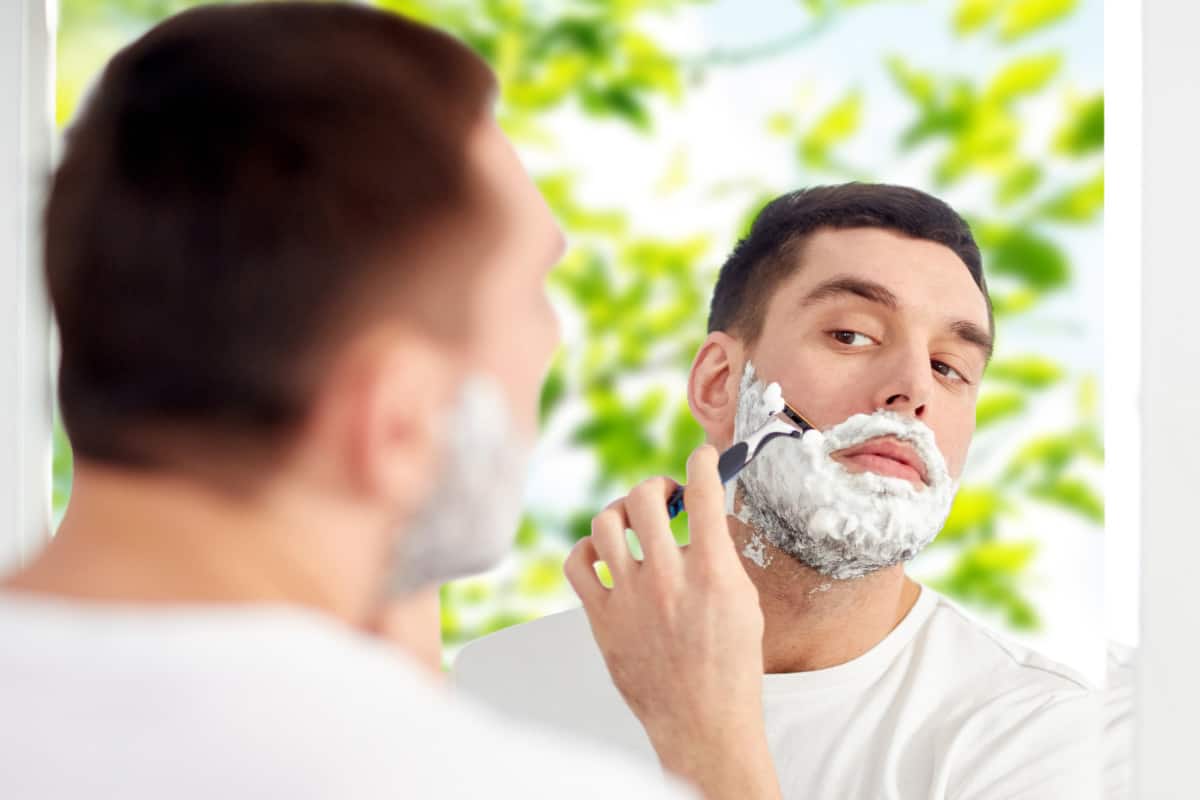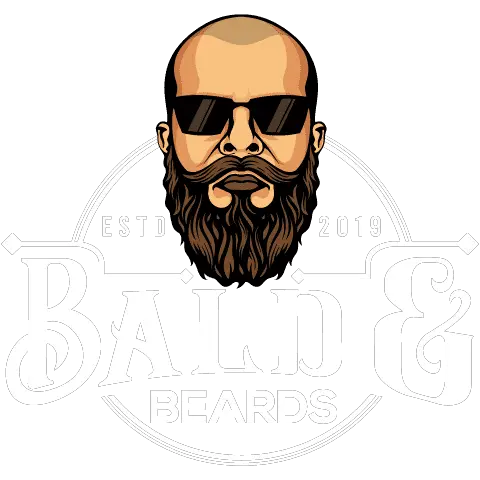Do you know how to shave your face to get perfectly smooth skin without razor bumps? If you constantly feel rough stubble or get redness and irritation after shaving, this guide is for you.
Shaving is something that both men and women struggle with. It’s impossible to only use a razor on your skin and expect hairless, flawless results.
The truth is, without knowing how to shave and what products to use along with your razor, you’ll likely experience razor burn, ingrown hairs, and other problems. This guide will be perfect as you start your shaving journey.
Steps To A Perfectly Smooth Shave
1. Prepare and Hydrate Your Skin
Shaving is simple after you get the hang of it, but even on your best days, you may nick yourself if you don’t hydrate your skin properly.
You always want to use warm water and soak your skin first, whether in the shower or using a hand towel. This opens up your pores and prepares your hair follicle for shaving.
Here’s a good prep routine before you start shaving:
- If shaving for the first time, Wash and exfoliate your face with a gentle scrub first before shaving. This removes any dead skin cells, dirt, and oil lurking on your face.
- Note your hair growth direction. Knowing your beard grain reduces razor burn and nicks.
- For pre-shave: Minimize nicks and cuts by wetting your skin and making sure it’s hydrated. Showers are the best for moisturizing your skin and softening your hair for an easier, smoother shave.
- Choose a lubricating, natural shaving cream or shaving soap. Shave gel isn’t the best.
- Pick a high-quality razor for wet shaving or use an electric razor if you prefer.
Now that you have everything ready, you can start shaving.
2. Lather Up and Apply Shaving Cream
High-quality shaving cream will lubricate and moisturize your skin, providing a gliding barrier for your razor.
Without shaving cream, you’ll likely experience razor burn or ingrown hairs. Others contain synthetic ingredients that will dry out your skin, so always pick a naturally lubricating shaving cream to protect against irritation.
3. Check and Replace Your Blades
If you haven’t already, check that your razor is sharp and ready to remove your stubble or beard hair. You don’t want to shave with a dull blade, which is the number one cause of beard pimples and razor burn.
Additionally, the lubricating strip on a safety razor or cartridge razor should not look worn down or faded. It’s time to replace your blades if you don’t have any lubricating strips.
4. Follow This Shaving Map Your First Time
Barbers always say “the key is to shave the direction your hair grows,” but that’s not always the simplest advice. In addition, you may need to shave against with and against the grain to get the closest shave.
Here’s the typical way to shave your face according to a professional shaving map:

When shaving, use light, gentle strokes, and don’t go over the same area more than twice if you have to. This can lead to red bumps (again, the dreaded razor burn).
Short strokes around the mouth and difficult areas are best, moving your blade along the contours of your jaw and neck.
With safety razors and cartridge razors, look for a flexible head that will move with your hand as you shave. Electric razors typically have pivoting heads already.
5. Don’t Forget To Clean Your Razor
One trick a barber told me was to always rinse the blades often. You don’t want to shave without any cream or keep shaving over the same spot with a clogged razor blade.

If you are shaving your beard off, then you definitely want to rinse out your razor to get out thick, coarse hairs so that your blade can smoothly shave away your facial hair.
Remember not to tap your razor as this can damage the precision parts of a safety razor or electric razor.
6. Use a Precision Trimmer
Many razors come with a small precision trimmer or attachment trimmer that you can use to shave under your nose and edge your sideburns.
7. Apply Aftershave (I Prefer Aftershave Balms Best)
For post-shave, you’ll need a high-quality aftershave that will seal in your skin and hair.
Aftershave moisturizes and protects your skin after shaving down to the skin. If you want to prevent pimples and other irritation, aftershave is the best way to go since it contains hydrating ingredients.
Aftershave balms or creams? I prefer aftershave balm because of its natural ingredients like jojoba oil and shea butter, but there are multiple types of aftershaves to choose from.
What Razors Offer the Best Shave?
I’ve written a few articles about the different razors to shave with and mentioned some other examples of other types of razors that might work for you.
- Safety Razors: These work best for wet shaving and provide the closest shave next to a straight razor.
- Straight Razor: Probably the closest shave, but not always easy to shave with at home.
- Cartridge Razors: Most common and easiest to shave with. Decent shave quality and works better for sensitive skin.
- Disposable Razors: Probably only good for emergency or travel needs. Not always the razor blades.
Final Thoughts
More than just the technique itself is choosing the right razor, creams, and aftershave products. It may take some time to perfect the technique, but with time and practice, you will surely achieve that perfectly smooth facial shave.


